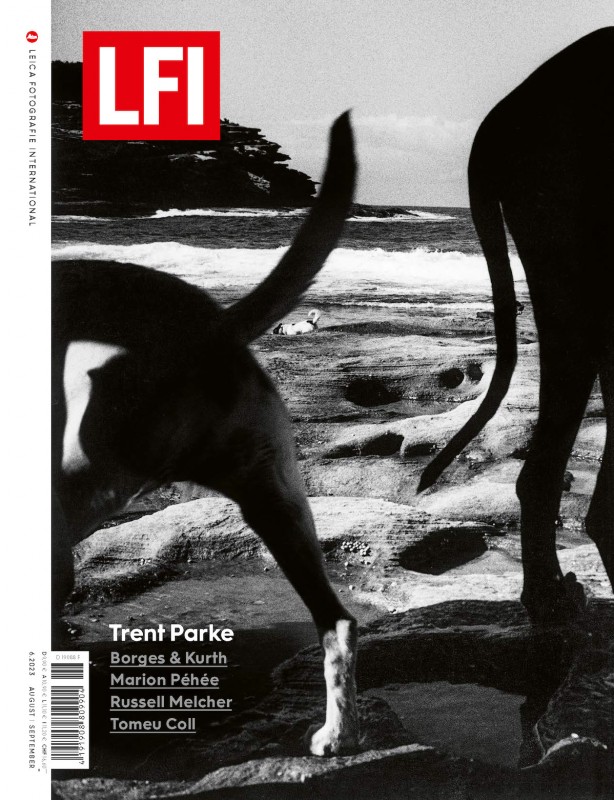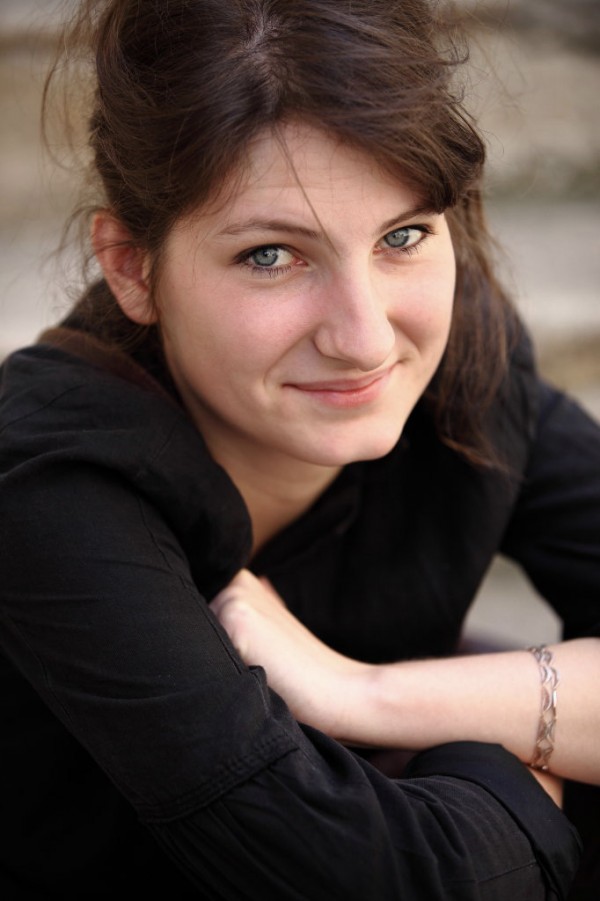Khat in Ethiopia
Khat in Ethiopia
Marion Péhée
September 11, 2023

Extensive sections lead through desert landscapes
LFI: What is khat?
Marion Péhée: Khat is a drug with active ingredients similar to amphetamines, which has been used legally for centuries in the Horn of Africa. The saying goes: “Khat makes men docile and impotent, but makes women rich”. With men consuming it on a daily basis and becoming addicted and idle, it is the women who partly manage this lucrative business. Thousands of them retail khat.
How were you going to trace the drug?
To do this, I had to go to Dire Dawa, which is Ethiopia’s second largest town and one of the most important redistribution platforms for the plant; but also one of the stops on the Addis Ababa-Djibouti railway line, once the scene of khat smuggling. So I knew when I set off that this line was going to be part of my subject.
How did you perceive the train journey?
There are lots of women and children on the train. My camera intrigued and amused them. No one made any comments or refused to have their photo taken. The train crosses the desert landscapes and the heat is intense both inside and outside the train. It's even a physical experience, with the cries of the shop assistants, the heat and the sound of branches sliding across the metal sheeting of the carriage.
Please tell us something about the atmosphere on the train.
On this train, you could feel a certain tension and apprehension, as most of the passengers were preparing to flee on a long journey. The train that took us to Dewélé was packed with young men, women and children. Some told me they wanted to go to Yemen or Saudi Arabia.
LFI 6.2023+-
Find Marion Péhée's reportage on the historic train line in Ethiopia in LFI Magazine 6.2023. More
Marion Péhée+-
Born in Chartres in 1989, Péhée has a Bachelors in Design and a Masters in Photography and Contemporary Art from the Université de Paris 8. In 2021 she won the Lagardère Foundation photography scholarship for Horn of Africa: From Merchants to Khat Baronesses, and in 2022 she was nominated for The Economist Courage in Journalism Award by the International Women’s Media Foundation. Her reportages have appeared in The Economist 1843 Magazine, Elle, La chronique d’amnesty international, Gare de l’est, The National, and Spiegel, among others, as well as on the Spicee video platform. Péhée lives in and works from Marseille. More

Extensive sections lead through desert landscapes
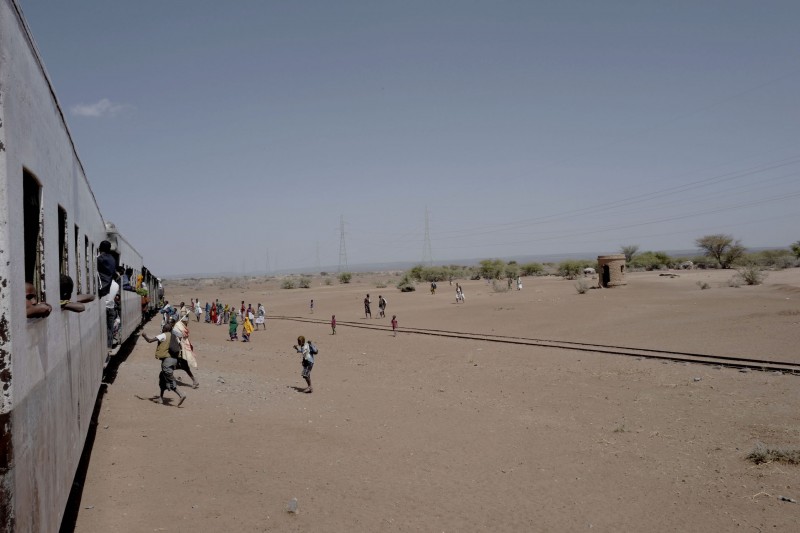
When the train arrives in a village, a certain euphoria fills the air
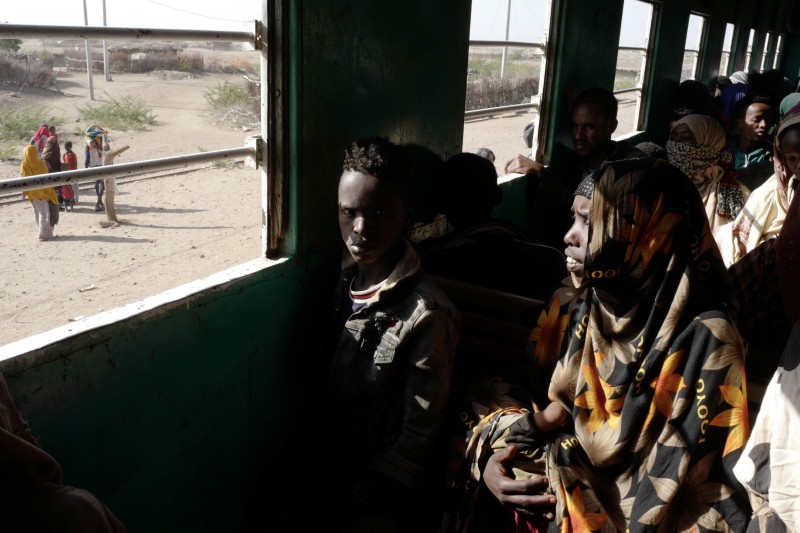
Many women and children travel on the train
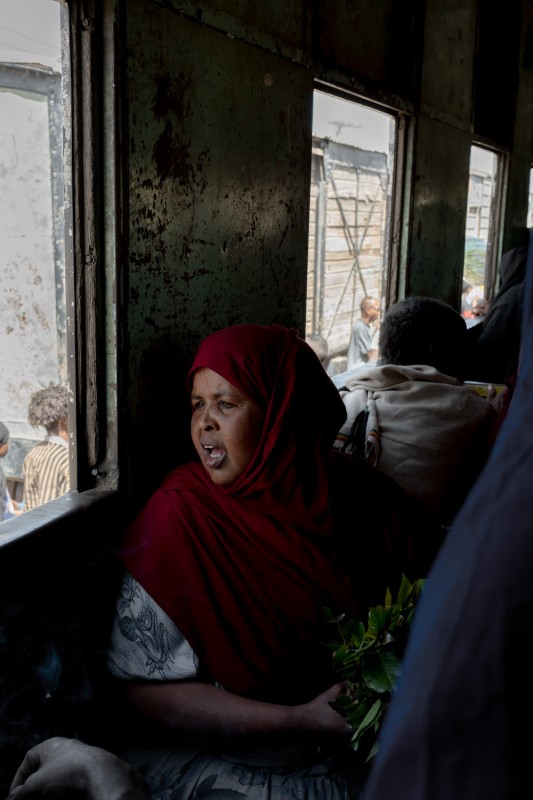
A khat saleswoman calls something to a customer outside the train

Many passengers want to flee by train to Saudi Arabia
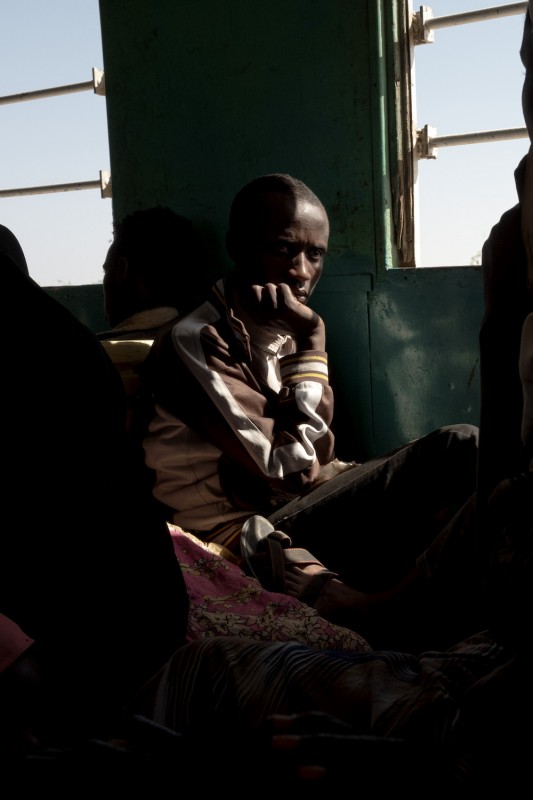
Some of the passengers are very tense
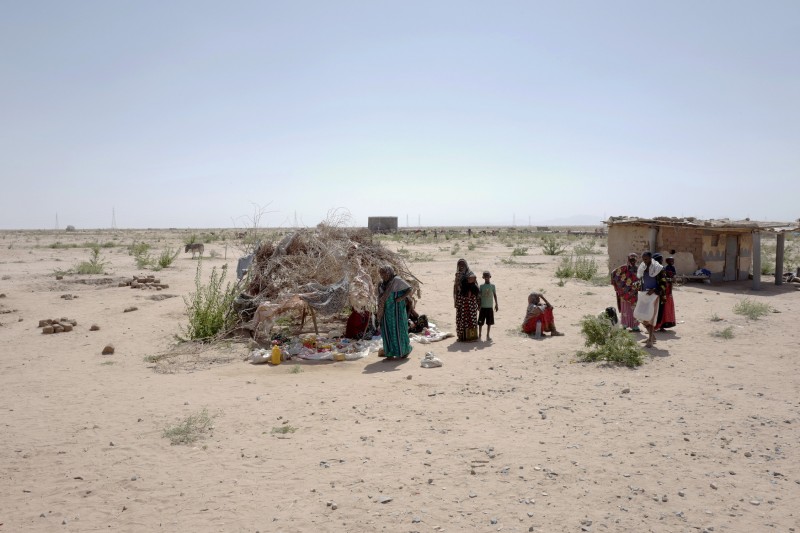
Villagers have come to pick up merchandise and to watch the train depart
